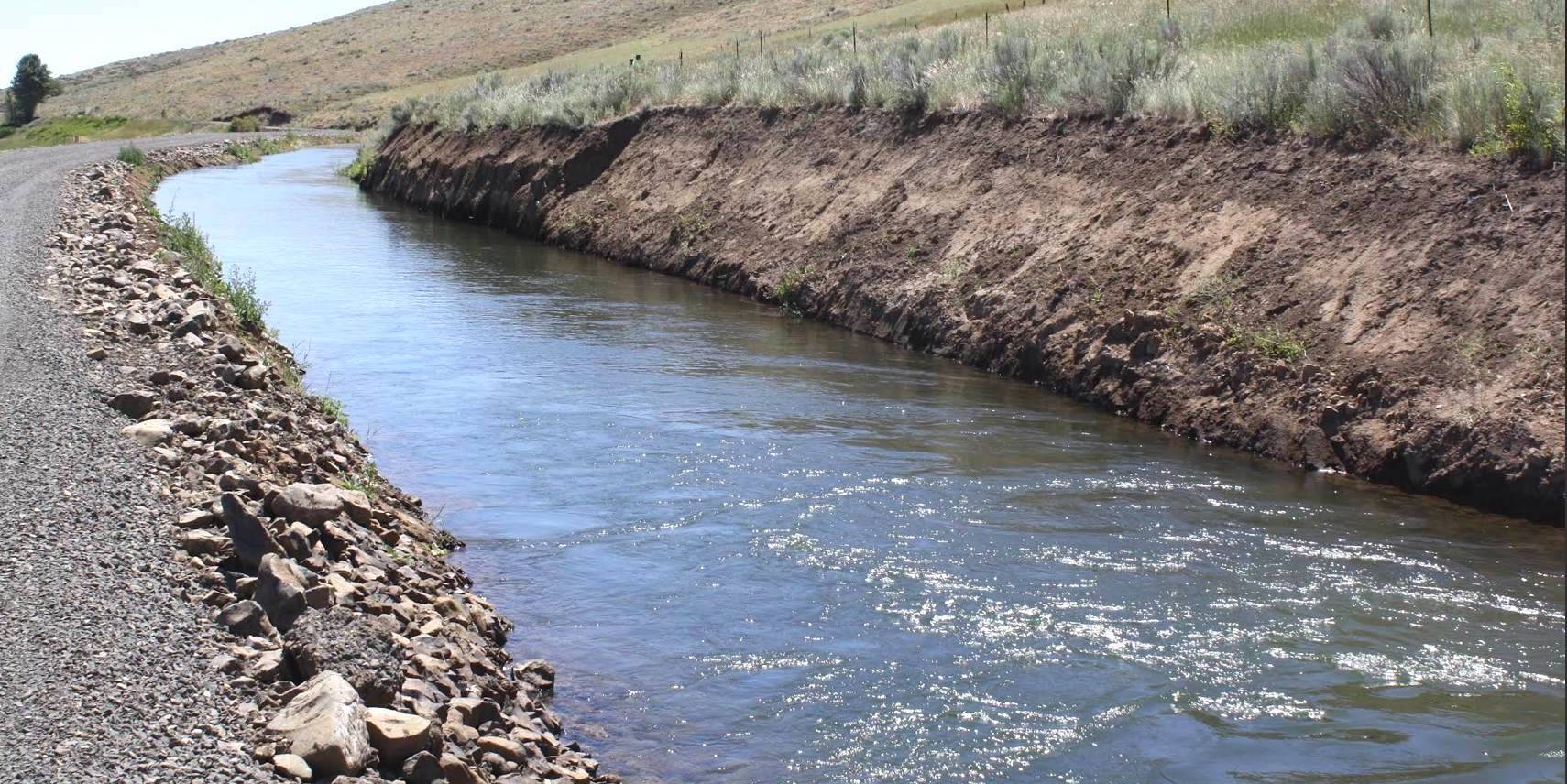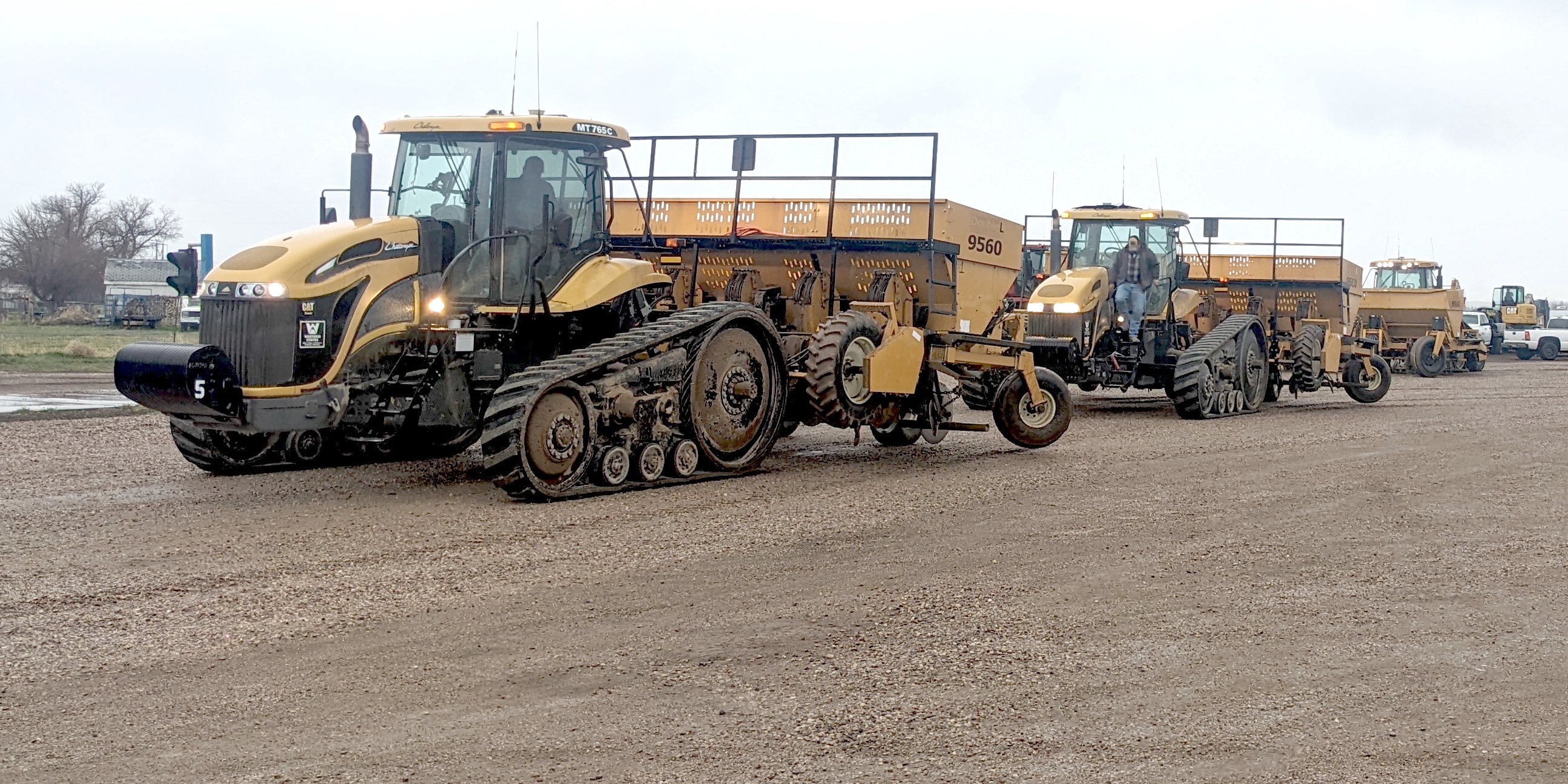Why California farmers are going nuts for pistachios
Published 5:15 pm Thursday, April 8, 2021

- Richard Matoian
PIXLEY, Calif. — The pistachio, with a record-breaking crop last year, is now nearly tied with the walnut as California’s second-biggest tree nut crop.
Trending
Farmers are expanding acreage, many calling the pistachio the key to their future success. Consumer demand, domestically and abroad, is growing. And the pistachio industry, according to a recent study from the American Pistachio Growers, now has a $5.2 billion impact on the state’s economy.
“The demand is building. This is still such an adolescent industry here, and I do believe there’s still room for growth,” said Dominic Pitigliano, 40, a fourth-generation California grower in Pixley who has been expanding his pistachio acreage.
In 2020, according to USDA, farmers statewide harvested about 3 billion pounds of almonds, 1.5 billion pounds of walnuts and just over 1 billion pounds of pistachios.
Trending
Between 2016 to 2020, according to industry data, growers added 173,540 new pistachio acres, a 56% increase.
“The real wow factor in this whole thing is the huge jump in acreage in the last four years,” Dennis Tootelian, who conducted the recent study for the American Pistachio Growers, said in a statement. “Growers’ investment in new acreage equated to more than $5.1 million per day and $10,777 per acre.”
Demand has been the primary driver.
Richard Matoian, president of American Pistachio Growers, attributes most growth to export markets. About 70% of the state’s production is exported annually, Matoian said.
Matoian said consumers appear to be buying more pistachios for several reasons.
First, he said, people are becoming more health-conscious.
Because pistachios are high in protein, they’re also popular among vegetarians and people trying to build plant-based protein into their diets.
Pitigliano, the grower, said he’s also seen recent growth in value-added products.
“Kernels used to be few and far between,” he said. “But now, it’s obvious. Health bars, protein bars. In almost any dessert you have at a fancy restaurant these days, it’s likely to have some aspect of a pistachio or pistachio flower built into it.”
Kernel sales now make up 9% of the total industry. That confectionery and gourmet side of the business, Pitigliano said, has boosted growers’ profits — and the overall popularity of the nut.
Farmers say they prefer growing pistachios because of the nature of the crop itself.
All nut crops have pros and cons, said Matoian of the association. Pistachio trees take five to seven years to start producing, but once mature, the trees produce over a longer period of time. The oldest California orchards, more than 40 years old, are still in high production.
Pitigliano, the pistachio farmer, also grows almonds, walnuts and row crops. He said what prompted him to pull out some almond acreage in favor of pistachios was the pistachio trees produce longer and are better suited to desert environments, demanding less water.
He said he also appreciates that the price for pistachios stays “fairly stable” through the year.
“I planted pistachios because I see the future in them,” said Pitigliano. “For me, for my kids and for their children.”







